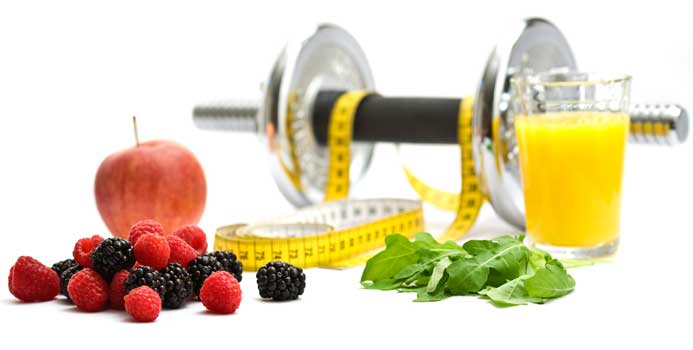Fiber comes from plants and can be found in fruits, vegetables, legumes, nuts, seeds, and whole grains. Fiber is the portion of plant foods that the body is not able to digest or absorb.

Soluble fiber turns into a gel during digestion. This type of fiber is helpful in lowering blood cholesterol and glucose levels. Examples of sources of soluble fiber include oat bran, nuts, seeds, beans, peas, barley, citrus fruits, and carrots.
Insoluble fiber adds bulk to the stool and speeds up the transit of food through the stomach and intestines. Sources of insoluble fiber include vegetables, whole grains, and wheat bran.
What Are the Health Benefits Associated With Fiber?- Makes you feel fuller faster, so can also be helpful in weight control
- Aids digestion
- Prevents constipation
- May reduce the risk of hemorrhoids and diverticula
- Lowers blood cholesterol and blood sugar levels
- May reduce blood pressure
- May reduce inflammation
Adults are recommended to eat between 25-35 grams of fiber a day. Children should be encouraged to eat foods rich in fiber, but will most likely not eat enough calories a day to meet such high recommendations set for adults.
If you do not currently eat enough fiber to reach these recommendations, increase your intake slowly and be sure to drink plenty of water. Eating amounts of fiber that are much greater than normal can cause gastrointestinal discomfort such as gas, bloating, diarrhea, and cramps. These symptoms occur when the beneficial bacteria in the gastrointestinal tract become overwhelmed. As the bacteria adjust, these symptoms will subside.
Water is needed to move the fiber through the GI tract. If adequate water is not consumed, constipation could result.
Is It Possible to Eat Too Much Fiber?Yes, too much fiber could interfere with the absorption of certain medications and minerals such as iron, zinc, magnesium, and calcium.
What About Foods With Added Fiber?Supplements and foods with added fiber such as Metamucil, Citrucel, Fibercon, and foods that don't typically have fiber - like flavored waters and chewing gums - are safe to consume. However, it is preferable to get your fiber from natural sources. Why purchase it separately when you can get it directly from your diet?
Tips to Eating More Fiber- When choosing grains such as bread, rice, tortillas and pastas, make sure they are whole grain (Not sure how to identify whole grains? Read my article on whole grains here)
- In between meals, snack on fruits, vegetables, popcorn, and/or nuts
- Make a meatless meal with beans, peas, and/or lentils
- Eat a fruit and vegetable with each meal
- Have high fiber cereals, English muffins, or frozen waffles for breakfast
- Make sandwiches with high fiber breads or whole wheat buns
- Make pizza dough, breads, muffins, and other baked goods with whole wheat flour
Mandy Seay is a bilingual registered and licensed dietitian who holds both a bachelor's degree in nutrition and in journalism. After gaining 30 pounds while living abroad, Mandy worked to lose the weight and regain her health. It was here that she discovered her passion for nutrition and went on to pursue a career as a dietitian. Mandy currently works as a nutrition consultant and freelance writer in Austin, Texas, where she specializes in diabetes, weight management and general and preventive nutrition. She recently published her first book, Your Best Health, a personalized program to losing weight and gaining a healthy lifestyle. Please visit Mandy's website at Nutritionistics.com.



